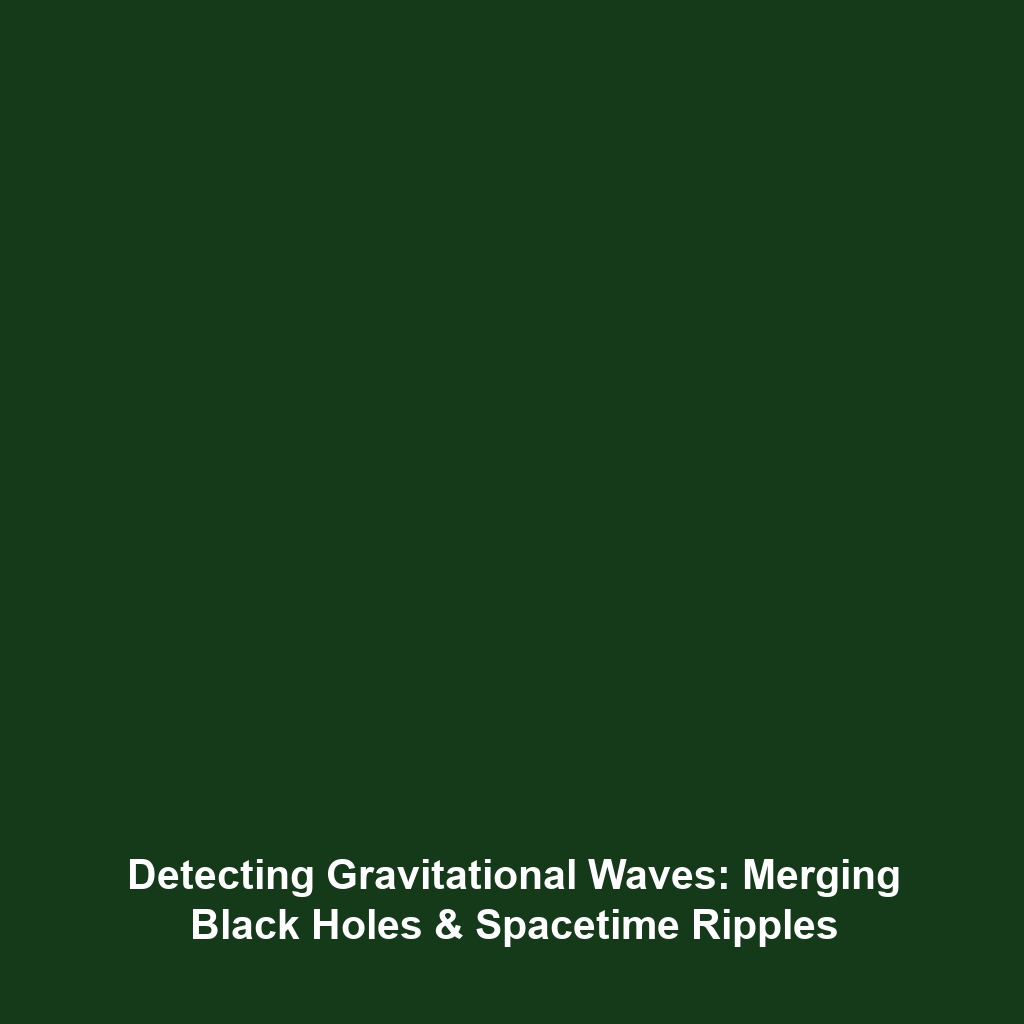How Gravitational Lensing Helps Map Dark Matter
Introduction: Gravitational lensing stands at the forefront of modern astrophysics, providing crucial insights into the elusive nature of dark matter. By bending the light from distant celestial objects, gravitational lensing enables scientists to create detailed maps of the universe’s structure, including the presence of dark matter clumps which play a critical role in galaxy formation. This phenomenon is particularly significant in the context of black holes, offering a unique perspective on their influence in the cosmos. Understanding gravitational lensing not only deepens our understanding of dark matter but also illustrates the complexities involved with black holes.
Key Concepts
The Nature of Gravitational Lensing
Gravitational lensing occurs when a massive object, such as a galaxy or black hole, distorts the spacetime around it, causing light from objects behind it to bend. This effect can be categorized into three types:
- Strong Lensing: This occurs when the light source, lensing object, and observer are perfectly aligned, resulting in multiple images of the same astronomical object.
- Weak Lensing: This slight distortion occurs with less precise alignment, allowing scientists to study the statistical effects of dark matter on light paths.
- Microlensing: In this case, smaller objects like stars can cause temporary brightness of background stars, providing information about lensing masses.
Relation to Black Holes
Black holes, one of the most enigmatic entities in astrophysics, contribute significantly to the lensing effect due to their immense gravitational pull. As researchers delve deeper into black hole studies, gravitational lensing becomes an indispensable tool in mapping the surrounding dark matter halo that influences their dynamics.
Applications and Real-World Uses
The application of gravitational lensing extends into various realms of astrophysics, with several significant uses:
- Mapping Dark Matter: By analyzing the lensing effects around galaxies, scientists can visualize how dark matter is distributed in the universe.
- Studying Galaxy Formation: Gravitational lensing helps understand how galaxies acquire mass and evolve over time.
- Testing General Relativity: Lensing provides a practical test for Einstein’s theory under extreme conditions where massive bodies are involved.
Current Challenges
While the study of gravitational lensing presents many opportunities, it also faces several challenges:
- Determining the precise mass of lensing objects due to their complex interactions with dark matter.
- Addressing the limitations of current observation technologies and data analysis methods.
- Understanding the influence of other cosmic phenomena that may distort or obscure lensing signals.
Future Research and Innovations
Future innovations in the field promise to enhance the understanding of both gravitational lensing and black holes:
- Advanced Telescopes: Next-generation telescopes like the James Webb Space Telescope will provide unprecedented detail in gravitational lensing observations.
- Machine Learning Techniques: Utilizing AI to analyze vast amounts of data can identify new lensing events and refine existing models of dark matter.
- Collaborative Research: Cross-disciplinary studies integrating astrophysics, computer science, and theoretical physics to explore complex cosmic interactions.
Conclusion
Gravitational lensing plays a pivotal role in mapping dark matter, offering significant insights into the hidden realms of our universe, particularly concerning black holes. Continued exploration in this field can unravel mysteries surrounding cosmic structures and enhance our understanding of fundamental astrophysical principles. For more information, check out our articles on the nature of black holes and the complexities of dark matter.



